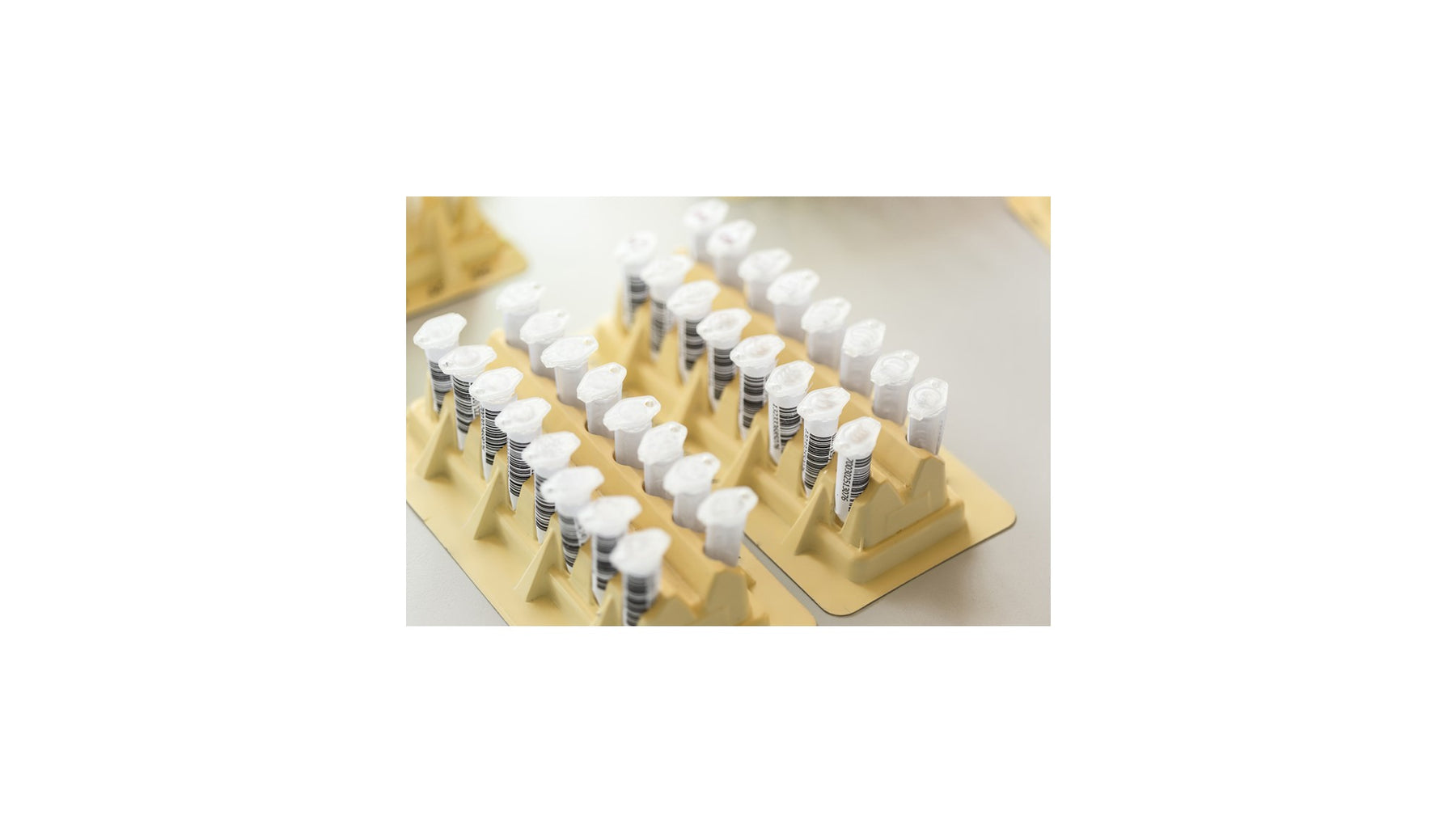Email: ashley@numa-tech.com
Email: sales@numa-tech.com

In modern laboratories, efficient sample storage and management are paramount. As research demands grow and the need for accurate, high-throughput processing increases, traditional methods of sample storage and retrieval are becoming inadequate. Enter the single-tube reader - a technological innovation that is transforming how laboratories handle and store samples. This article delves into the benefits of integrating single-tube readers with advanced sample storage solutions, illustrating how this synergy optimizes laboratory workflows, enhances accuracy, and ensures sample integrity.
The Challenge of Sample Storage in Modern Labs
Sample storage is a critical aspect of laboratory operations, encompassing the preservation, organization, and retrieval of biological, chemical, and environmental samples. Traditional storage methods often involve manual processes that are time-consuming and prone to errors. In high-volume settings, these limitations can lead to inefficiencies, misidentification of samples, and compromised data integrity. The need for a more streamlined, accurate, and automated approach has driven the development of advanced storage solutions and technologies like single-tube readers.

What is a Single-Tube Reader?
A single-tube reader is a specialized device designed to read and decode information directly from individual sample tubes. These readers typically utilize barcode technology to scan and identify samples quickly and accurately. Unlike bulk scanning systems, single-tube readers focus on one sample at a time, ensuring precise identification and reducing the risk of errors associated with handling multiple samples simultaneously.
Integration with Sample Storage Solutions
Integrating single-tube readers with sample storage solutions provides a cohesive system that enhances the efficiency and reliability of laboratory operations. This integration offers several key benefits:
1. Improved Accuracy and Tracking
Single-tube readers ensure each sample is individually scanned and identified, minimizing the risk of misidentification. This precise tracking is crucial for maintaining the integrity of research data, especially in studies requiring strict sample traceability.
2. Enhanced Workflow Efficiency
By automating the identification and logging of samples, single-tube readers significantly reduce the time required for sample handling. This automation allows lab personnel to focus on more complex tasks, thereby increasing overall productivity.
3. Data Integration and Management
Modern single-tube readers can be integrated with laboratory information management systems (LIMS). This connectivity allows seamless data transfer, ensuring that sample information is accurately recorded and easily accessible for analysis and reporting.
4. Scalability and Flexibility
Single-tube readers are adaptable to various sample storage solutions, from small-scale freezers to large automated storage systems. This flexibility makes them suitable for laboratories of all sizes and specialties, providing scalable solutions that can grow with the lab's needs.
Case Study: Single-Tube Readers in Biobanking
Biobanking facilities, which store large quantities of biological samples for research, exemplify the benefits of single-tube reader integration. Biobanks must maintain meticulous records of sample provenance, storage conditions, and retrieval history. Implementing single-tube readers in these facilities has led to significant improvements in sample management.
For example, a biobank integrating single-tube readers with its automated storage system reported a 40% reduction in sample retrieval times and a substantial decrease in misidentification errors. The precise tracking and efficient workflow enabled researchers to access and utilize samples more effectively, accelerating the pace of scientific discovery.
Future Directions
The future of sample storage and management lies in further advancements in single-tube reader technology and its integration with sophisticated storage solutions. Innovations such as enhanced RFID capabilities, improved automation, and AI-driven data analysis are on the horizon. These developments promise to deliver even greater efficiency, accuracy, and reliability in laboratory operations.
Must know features of the model DT-90F single-tube reader

Conclusion
Optimizing sample storage with single-tube reader technology represents a significant advancement in laboratory management. By ensuring accurate sample identification, streamlining workflows, and enhancing data integration, single-tube readers address the challenges of modern sample storage. As laboratories continue to adopt and refine these technologies, they will be better equipped to meet the demands of contemporary research, ultimately driving scientific progress and innovation.
Find out more information of NUMA single-tube reader, please visit NUMA website https://www.numa-tech.com/en/product/detail/DT-90F. Or please send your inquiry to sales@numa-tech.com for proposal and quote.